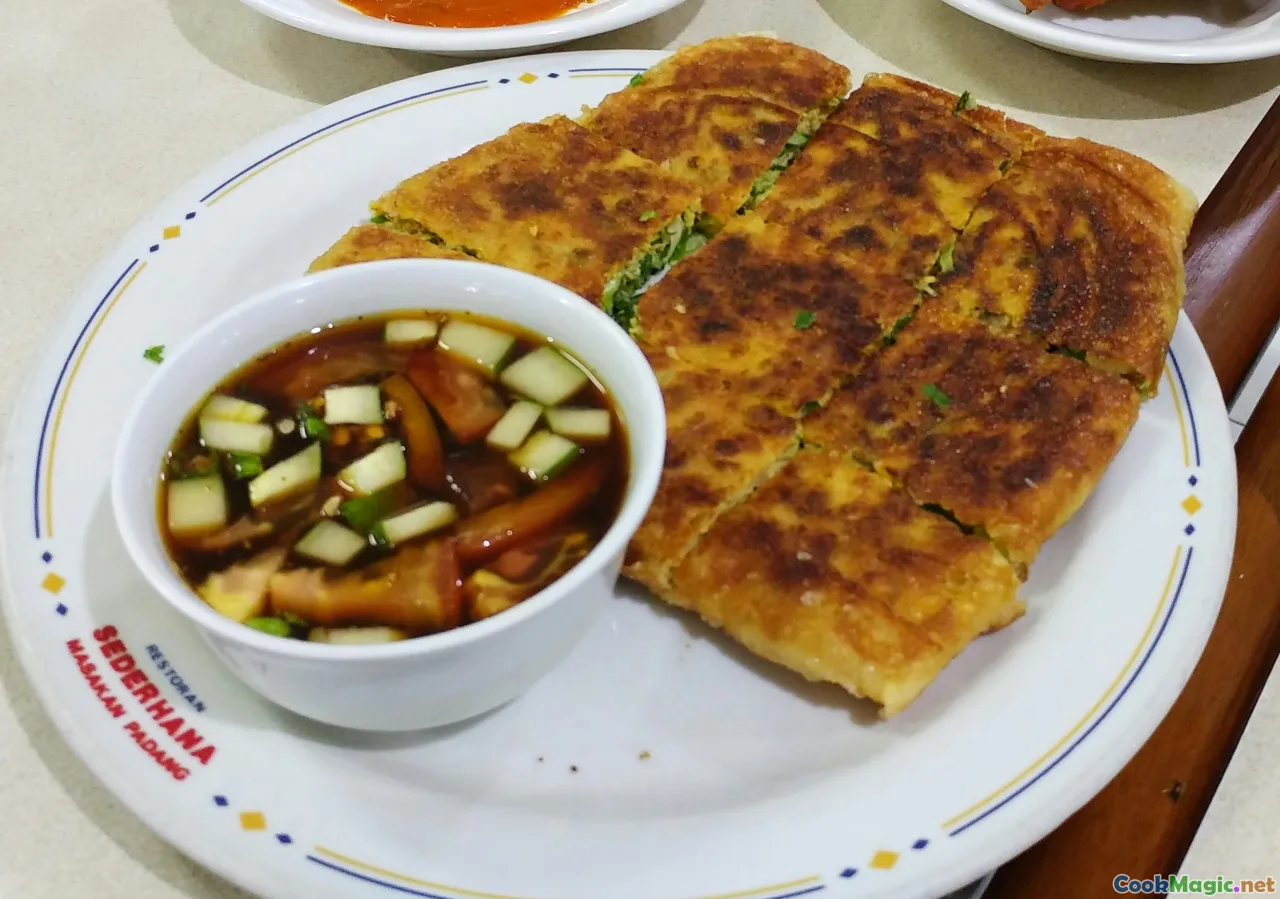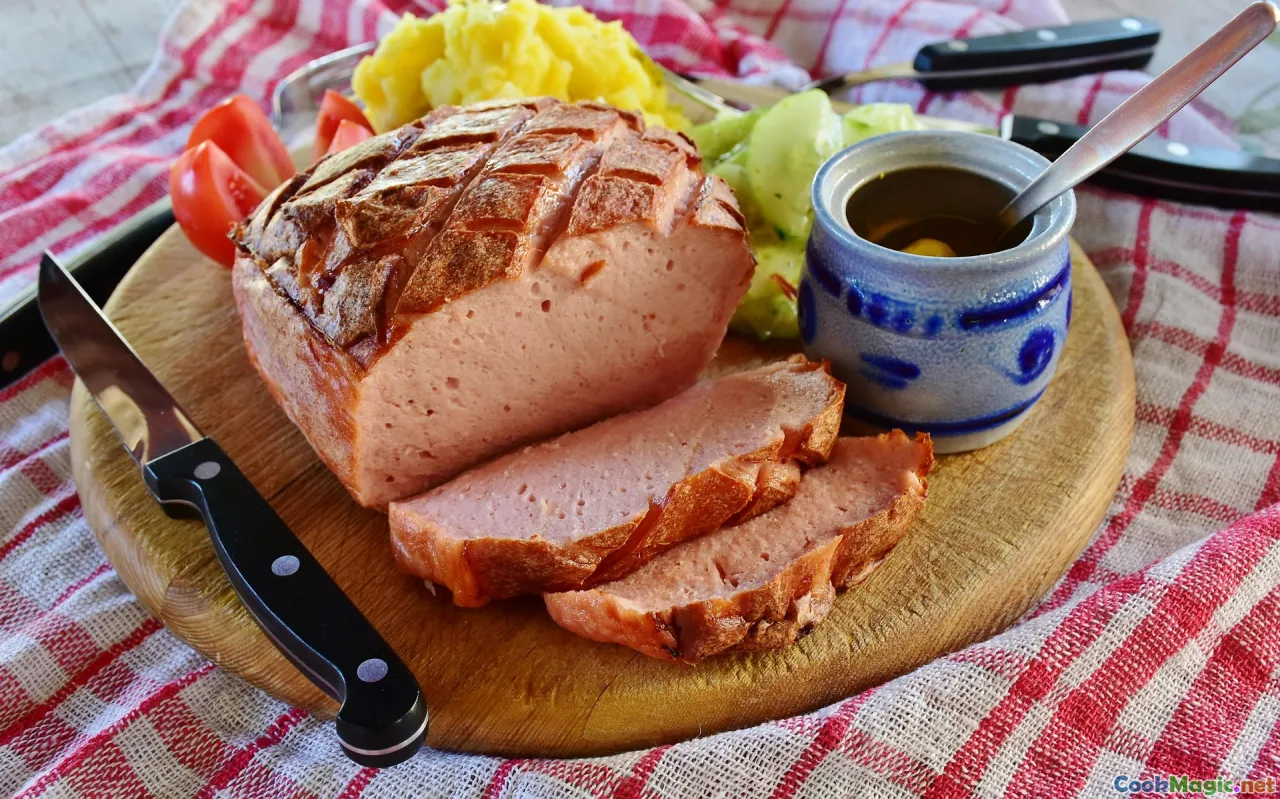Exploring Qurutob The Tajik National Dish Unveiled
10 min read Discover the rich flavors and cultural significance of Qurutob, Tajikistan’s beloved national dish, blending bread, yogurt, and herbs in a unique culinary experience. July 28, 2025 00:05
Exploring Qurutob: The Tajik National Dish Unveiled
Nestled amidst the soaring peaks of the Pamir Mountains and along the fertile edges of the Fergana Valley, Tajik cuisine is a tapestry woven with history, tradition, and a deep connection to the land and its people. Among its rich culinary tapestry, one dish stands out as not just food but a living emblem of Tajik identity—Qurutob. This humble, yet profoundly flavorful dish epitomizes the warmth, resilience, and communal spirit of Tajik culture.
As you indulge in the layers of this ancient delicacy, you're transported into a world where simple ingredients—curdled milk, flatbread, fresh vegetables, and herbs—transform into an orchestra of textures and flavors that echo centuries of history. Let’s embark on a sensory journey to explore Qurutob—its origins, how it is crafted, its cultural significance, and why it remains an enduring favorite on Tajik tables.
The Heartbeat of Tajik Hospitality: Understanding Qurutob

Qurutob is much more than just a dish; it is a symbol of Tajik hospitality and communal unity. Typically prepared for family gatherings, festivals, and special occasions, Qurutob reflects the Tajik ethos of sharing and togetherness. It’s a dish that invites everyone to the table, each person tearing off chunks of fresh bread, scooping up the savory mixture, and dipping into history with every bite.
What makes Qurutob uniquely Tajik is the use of Qurut—a hardened, tangy cheese or curd obtained by drying and fermenting sour yogurt or curdled milk. This ingredient embodies Tajik ingenuity in transforming humble dairy into a source of flavor and cultural pride.
The Art of Making Qurut: From Milk to Magic

Creating Qurut begins with the everyday act of dairy fermentation—an age-old practice in Tajik pastoral life. Fresh, high-quality whole milk, locally sourced from nomadic herders or mountain farms, is left to sour naturally or is cultured with traditional methods. The result is thick, tangy yogurt, which then undergoes a drying process.
**Step-by-step traditional process:**1.Fermentation: Fresh milk is left to ferment naturally, developing a thick curd. 2. Straining and drying: The curd is drained to remove excess whey and shaped into small discs or balls. 3. Sun-drying: These disks or balls are then sun-dried over a few days until firm and shelf-stable. 4. Storage: Once dried, Qurut can be stored for months, ready to be rehydrated or crumbled as needed.
When it’s time to prepare Qurutob, the dried Qurut is soaked in warm water or kefir, swelling into a pungent, tangy, crumbly cheese that infuses the dish with its characteristic flavor.
Qurutob: The Assembly of Flavors and Textures

The preparation of Qurutob is an act of culinary storytelling, layering textures and flavors over a bed of freshly baked bread. The process typically involves:
- Tearing or slicing large pieces of flatbread (often tandoor-baked Tajik bread called non).
- Pouring the rehydrated Qurut over the bread, so it soaks into every crevice.
- Adding a generous drizzle of vegetable oilorfat, which envelops each bite with a silky richness.
- Piling on finely chopped vegetables—onions, tomatoes, green peppers, and sometimes cucumbers—that add crunch, freshness, and piquancy.
- Cloaking it in a cascade of fresh herbs like cilantro, dill, or fresh mint.
The final dish is neither purely hot nor cold but balletic in temperature—warm bites paired with cool, crisp vegetables. The bread becomes a sponge, absorbing the savory tang of the Qurut and the olive oil, creating a harmony of taste and texture.
A Sensory Exploration:
Imagine tearing a chunk of bread, noticing the slight crunch giving way to a chewy interior. As you scoop up a generous spoonful of Qurut, your senses are met with a tangy, slightly salty flavor that awakens the palate, complemented by the fragrance of fresh herbs and the mouth-coating richness of oil.
Cultural Significance and Variations Across Regions

Qurutob is more than sustenance; it embodies community, resilience, and Tajik heritage. In rural villages and mountain homes, it often takes center stage during nowruz celebrations, weddings, and seasonal festivities, uniting families around shared tables.
Different regions have their unique twists. In the Gorno-Badakhshan Autonomous Region, for example, Qurutob is sometimes served with boiled potatoes, or topped with fried meat strips for added richness. Meanwhile, in the Fergana Valley, freshly made vegetables and varieties of Qurut add regional flair.
Cultural nuances also influence the presentation—some villages prefer a rustic, flexible approach, tearing the bread directly at the table, while others meticulously layer ingredients for visual impact.
Pairings and Serving Ideas

Qurutob is versatile—and its traditional accompaniments enhance the experience:
- The drink of choice:sweet, fermentedkefiror the mildly effervescentnon-alcoholic kumis made from mare's milk.
- Side dishes: fresh vegetable salads, boiled eggs, or gently grilled meat kebabs (shashlik) to add savory contrast.
- Bread: warm, freshly baked non, with its crisp crust and fluffy interior, is essential for the authentic experience.
For those desiring modern twists, a dash of lemon juiceorpomegranate seeds can add a luscious tang and visual pop.
Personal Reflections and Experiences: The Soul of Qurutob
My own entry into Tajik cuisine privatized a moment of genuine discovery. During a visit to a remote mountain village near Dushanbe, I was invited into a humble home for dinner. As the steaming Qurutob was laid before us, my host—a grandmother with a smile layered with stories—began tearing the bread with practiced hands.
The air was fragrant with herbs, and the dish was a kaleidoscope of textures—crunchy bread coated with soft, tangy Qurut, bites of ripe tomato cutting through the richness, and fresh herbs amplifying the flavors. It was more than just a meal; it was an unspoken language of love, tradition, and community.
That experience underscored how Qurutob is a testament to Tajik resourcefulness—transforming simple dairy into nourishment and cultural expression.
Preserving Tradition: Qurutob in Modern Tajik Cuisine
<!— image_keyword: Tajik chefs, contemporary Tajik restaurant, culinary innovation -->
In contemporary Tajik kitchens and modern restaurants, chefs are reimagining Qurutob while respecting its roots. Innovative tweaks include using organic, farm-fresh vegetables, adding a drizzle of honey for sweetness, or incorporating locally sourced cheeses in new ways.
However, the core remained unchanged: a dish that celebrates shared heritage and the artistry of turning humble ingredients into something extraordinary.
As global culinary horizons expand, Qurutob stands resilient: a dish that is humble yet majestic, simple yet profound—a true Tajik treasure.
In every tear of bread, in every sprinkle of herbs, it holds stories of resilience, adaptation, and community—inviting those who taste it to partake in an enduring cultural legacy.
Embark on your culinary journey someday, and let the flavors of Qurutob connect you to the proud heart of Tajikistan—its land, its people, and its history—one unforgettable bite at a time.









